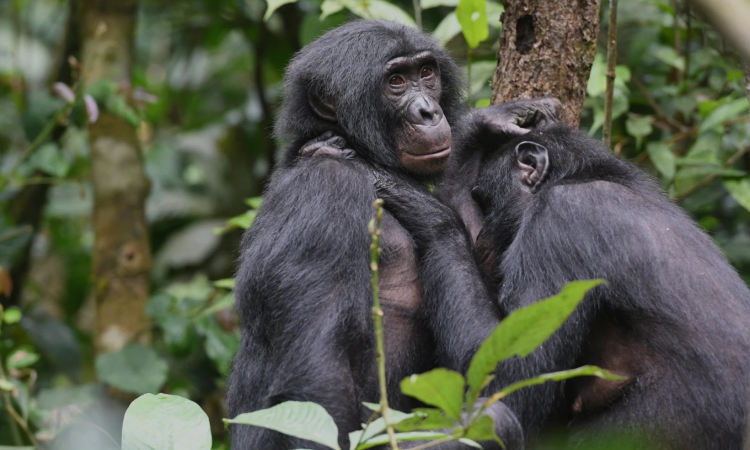Love's battles: Females' secret biology of longer lives
A new study led by evolution researcher Johanna Staerk, published in Science Advances, offered the most comprehensive analysis yet of sex differences in lifespan among birds and mammals. The results revealed that these differences are more pronounced in the wild than in zoos.

• I’ve long been fascinated by one of the most stubborn patterns in biology: males and females rarely live the same length of time. In humans, women generally outlive men, with an average advantage of approximately five years worldwide. This holds true across history, from 18th-century Swedes to modern Japanese, though the size of the gap varies.
Humans are not unique. Across the Tree of Life, sex differences in longevity are common, but they aren’t uniform—and not always in favour of females.
A new study led by evolution researcher Johanna Staerk, published in Science Advances, offered the most comprehensive analysis yet of sex differences in lifespan among birds and mammals. The results revealed that these differences are more pronounced in the wild than in zoos.
Among mammals, females generally live longer. Examining 528 species in zoos, 72% showed a female life expectancy advantage — about 12% longer lives. In the wild, where survival pressures are harsher, the gap widened to roughly 19%. I’ve seen the same pattern in my own work with wild populations: female elephants often reach their 60s, while males rarely exceed their 40s, partly because of solitary roaming and combat. Moose show a similar divide —females can live twice as long as males.
Genetics plays a role. Male mammals, with their XY chromosomes, are more likely to inherit recessive X-linked mutations. High testosterone levels also weaken immune defences. Yet the strongest explanation remains sexual selection. In species where males battle for harems — like red deer or lions —competition and weaponry take a heavy toll on survival.
Birds, however, often flip the script. Across 648 avian species, 68% showed a male advantage, averaging 5% longer lives in zoos and more than 25% in the wild. Female birds are the heterogametic sex (ZW), which may expose them to greater genetic risks. But reproductive costs are likely the main factor: egg production, incubation, and chick-rearing demand immense energy. In many species, this shortens female lives. Yet raptors like eagles and owls often defy the rule, with females outliving males in the wild—though the reverse appears in captivity, for reasons still unknown.
Insects, amphibians, reptiles, and fish add more complexity. Some female moths and mayflies die within days of egg-laying, while ant and bee queens live decades, protected by their colonies. Male frogs may die younger from calling and combat, while in fish such as sticklebacks, devoted fathers perish after a single breeding season. The balance constantly shifts with behaviour and environment.
Humans fit the broader pattern. Women outlive men in nearly every culture—from Tanzanian hunter–gatherers to contemporary Japan, where the gap exceeds six years. Social and medical advances have widened it further. Yet the difference is smaller than in apes, where sexual selection is stronger and males face more danger from competition.
Two major theories attempt to explain these trends: one blames the heterogametic sex, the other life-history trade-offs. The latter fits best. Traits that enhance reproduction — combat, size, fertility — often shorten life.
Still, longevity is not the same as vitality. In humans, women live longer but spend more years in poor health. Even in other species, the “female advantage” may carry hidden costs.
Across the Tree of Life, one truth holds: who lives longer depends on the delicate balance of chromosomes, hormones, competition, care, and chance.
The Conversation



